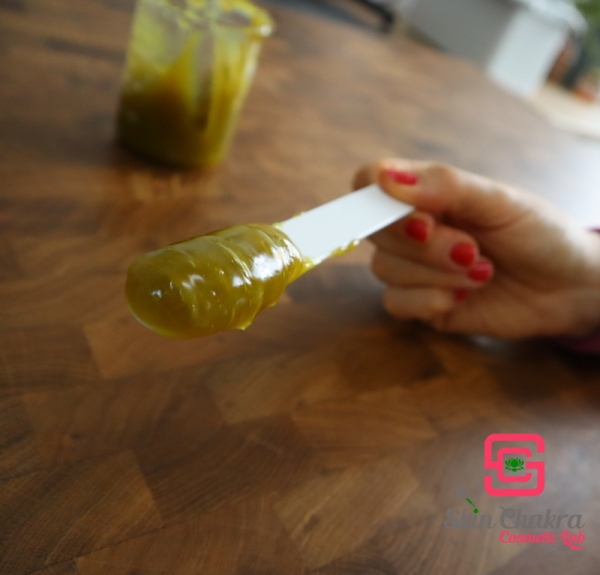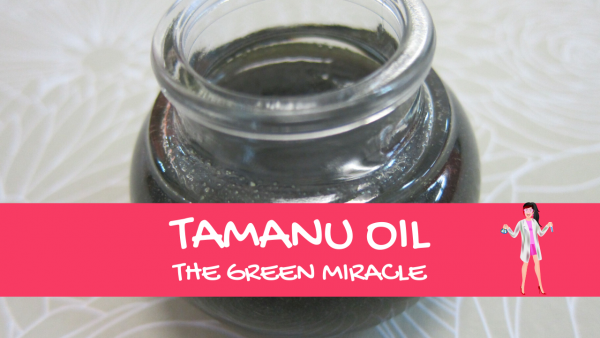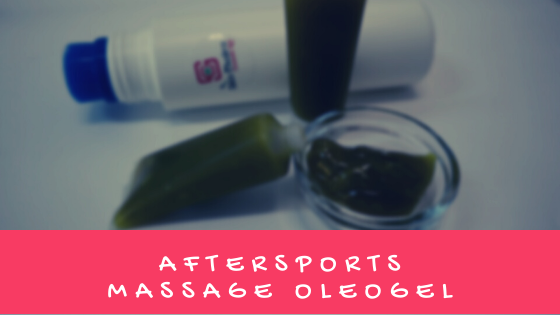Since tamanu oil is our oil of the month in November, I want to share this beautiful and miraculous formulation with you.
I prepared it for a formulation challenge a while a go. This is a gel-to-milk product made with oils and extracts known for their anti-inflammatory and pain relief properties. These include:
- St John's wort oil
- arnica oil
- arnica CO2 extract
- tamanu oil
- hemp seed oil
- avocado oil
I call this after sports gel but it could be generally used to comfort painful muscles and joints.
You'll probably ask why on earth one needs a gel-to-milk system for this purpose. The first reason is that I wanted something oil based but with a higher viscosity than oil. I find an oleogel to be more managable and easier to use than an oil both in home as well as institutional applications.
The second reason is that the skin feel of this product type is quite nice as a leave-on product but still if you decide to rinse and wipe the product it is easily emulsified with water and is rinsed off without leaving any unpleasant greasiness.
As if this is not quite enough, there is a bonus to this formulation: you can use it as a bath oil to relax your muscles and joints after a hard working day, running, gym, skiing or any other physical activity. The gel-to-milk system turns into a milky emulsion in the bath and leaves a silky skin feel.
The formulation and procedure is very straightforward. The most important factor when you work with sapogel Q is to slowly add the oil phase to the sapogel/glycerin phase.
If you have not yet worked with Sapogel Q please read this blog post first before proceeding with this tutorial.
This formulation is self-preserving because there is no water in it. This means we don't need any preservative in this system. The most effective and the safest method of packing this system is a squeeze bottle or a tube. You can fill the product in a jar but keep in mind that applying water to the product (dipping a wet finger in the jar) will change the appearance of the product and will compromise the microbial stability of the product.
Now let's jump to the formulation:
| Phase A |
|
| Sapogel Q |
15,0% |
| Glycerine |
3,0% |
| Phase B |
|
| St John's wort oil |
22,4% |
| Avocado oil |
15,0% |
| Hemp seed oil |
15,0% |
| Tamanu oil |
10,0% |
| Arnica oil |
10,0% |
| Raspberry oil |
5,0% |
| Arnica CO2 extract |
1,0% |
| Black cumin CO2 extract |
1,0% |
| Tocopherol |
0,5% |
| Curcuma longa CO2 extract |
0,5% |
| Rosemary CO2 extract |
0,1% |
| Peppermint oil |
0,5% |
| Ginger oil |
0,5% |
| Eucalyptus oil |
0,3% |
| Scotch pine oil |
0,2% |

Procedure:
1- Weight phase A and B separately in 2 beakers. The resins in tamanu oil and the unsaponifiables in avocado solidify in winter. Gently heat them between 25-35 C and shake the container before using them.
2- Slowly add phase B to phase A in small portions. Blend completely before adding the next portion. This is best performed by an overhead stirrer at low speed but you can easily prepare small quantities with a spatula or a magnetic stirrer as well.
3- When all of phase B is added to pahse A take your stability samples and fill in a suitable container.
This video shows you the procedure.
Part I is about tamanu oil and the properties of the oleogel
Part II is the tutorial

BeHappy and have fun



